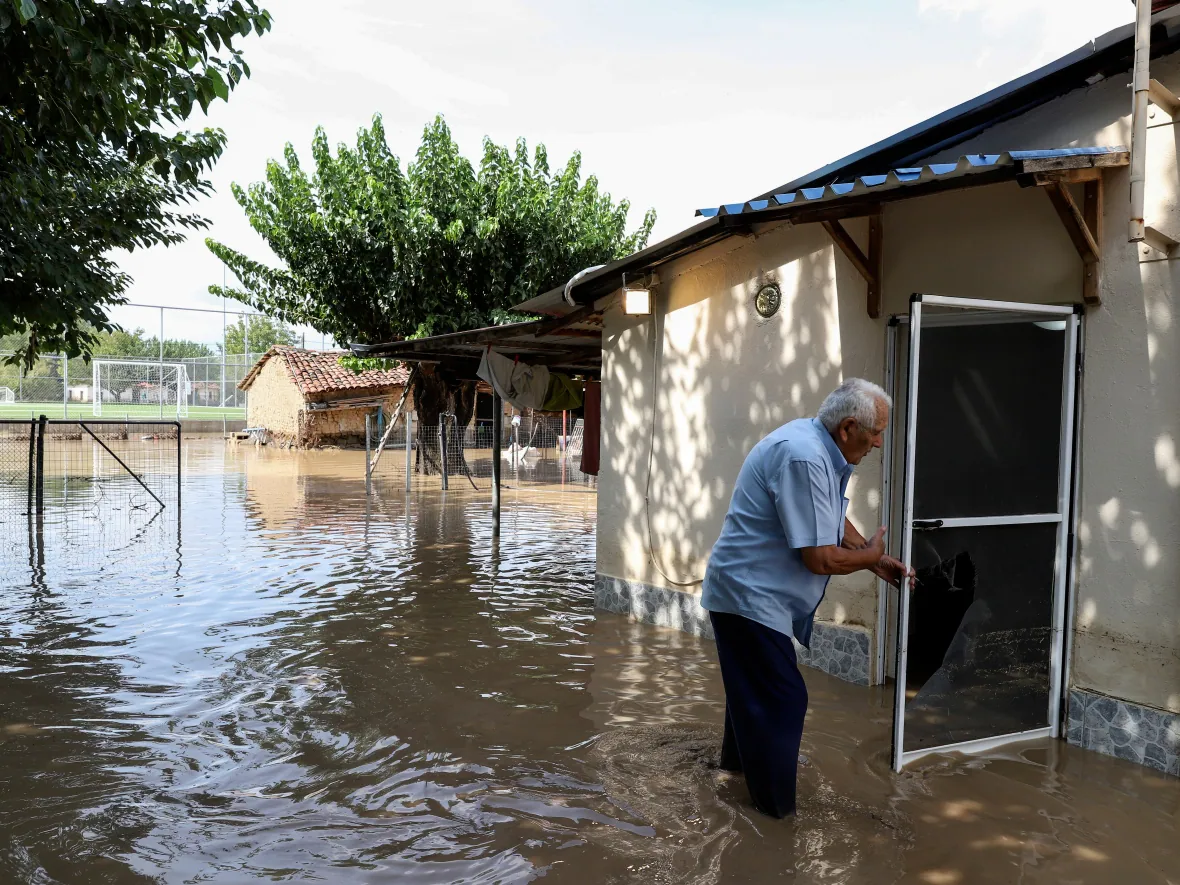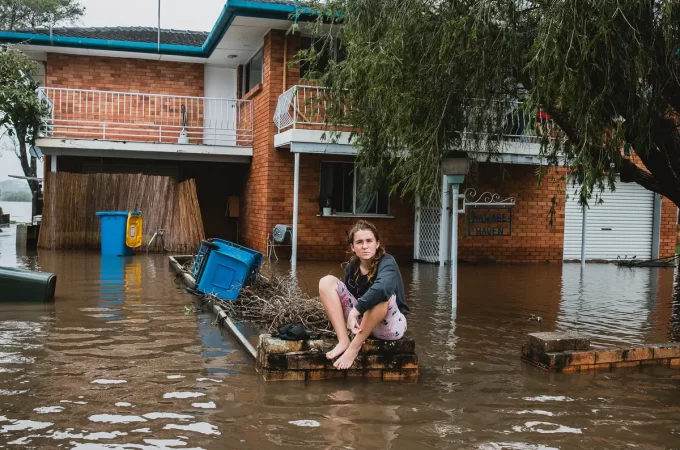When it comes to flooding, the damage can be significant. When water gets into your home and reaches a certain level, you should call in the professionals immediately. But what if the floodwaters are not that high? If you have a flooded basement, there is still plenty you can do to minimize damage and make repairs as soon as possible so you don’t end up with mold or worse. Here’s how you can get started.
Flooded Basements Are Not Always A Bad Thing
In some cases, flooding is actually an advantage for your property. This could happen in an area where heavy rains occur regularly, such as a river valley. In other situations, when the rainwater backs up and overflows from natural outlets on your property, this is called flash flooding. You may find that the water drains away quickly, but sometimes it doesn’t. When this happens, the water builds up inside your house. It can also seep through cracks in your foundation walls and move down to the lower areas of your basement.
The cleaning of flood-related disposables is not possible without the help of a professional. A person can collect the Resources for a Flooded Basement and then take future steps. Having the idea of the various options will take the person to the heights that will reduce the chance of the attack of the diseases.

If you live in an area where floods are common, you may want to consider purchasing flood insurance. Some companies offer discounts to homeowners who already have flood insurance. Others will provide coverage only after the fact, which means you’ll pay higher premiums. There are many factors to take into consideration when buying flood insurance, including the size of your property and whether any buildings are under construction.
What Can Be Done To Fix Your Home After a Flood?
Even if you have flood insurance, it does not cover all types of damage caused by flooding. The National Flood Insurance Program (NFIP) was created in 1968 to help people recover from flood losses. However, since then, there has been much debate about the program. Many people believe that it is too expensive for most homeowners in need of recovery assistance. Other critics say that the program has not fulfilled its promise of helping people rebuild their homes after flood disasters.
Regardless of whether you have flood insurance or not, here are several steps you can take to repair your damaged basement and return your home to its former condition.
Mold Removal
First, you must remove mold from your home. Mold can cause serious health problems if left untreated and sometimes even death. You can hire someone to do the work for you or do it yourself. Either way, removing mold is essential to restoring your home to its original state.
Repair Damages
Next, you’ll want to fix any structural damages that occurred during the flood. This might involve replacing drywall or siding, repairing electrical wiring, plumbing, or insulation, plus many others. It may be cheaper to replace these items than it would be to fix them. Sometimes, you can simply scrape out the water and mud residue from the affected parts and let them dry. You may also choose to patch the drywall with drywall compound. Then, you can sand off the excess compound and paint over it.
Caulking And Sealing Cracks
After you’ve repaired any structural damage, you’ll want to seal any remaining openings in your basement. You can use caulk to fill small cracks and holes around windows, doors, pipes, or vents. Caulk is flexible and waterproof, so it won’t allow moisture to enter the space. It also helps prevent heat transfer from escaping and keeps air circulating. Once finished, apply a coat of clear silicone sealant to protect the caulked joints from water penetration.
You’ll also want to check for leaks around your gutters. Even though they’re designed to shed water, if they aren’t properly installed, they could allow water to penetrate your home. Replace or re-install gutter covers to prevent this from happening.

Wet Floor Repair
If you’ve had flood waters come into contact with your floors, you’ll want to clean them up immediately. Take a bucket and mop the floor using warm water and mild detergent. Let it soak until the surface becomes completely clean. Use paper towels, rags, or sponges to wipe up excess water. Make sure you remove any visible dirt and grime before drying the floor. Do not use bleach or harsh chemicals because they will discolor the wood.
Basement Remodeling
Once your basement is back to normal, you may want to look at doing some additional improvements. If you’ve had to rip out carpet or tile, you may want to install new laminate flooring for added comfort and durability. Or you may choose to add a bathroom, laundry room, or kitchen depending on what needs to be done. If you’re ready to build, you can purchase a kit that includes everything you’ll need to create a custom walkout basement.
As you can see, there are lots of ways to improve your basement no matter what type of flooding took place. These tips will help you start making repairs right away and restore your home to its former glory.
How long it takes to repair your home depends on the extent of the damage and the amount of time spent. When you hire professional cleaners, it often takes days rather than weeks. They typically charge per hour for labor costs, while you usually only pay for materials used.

